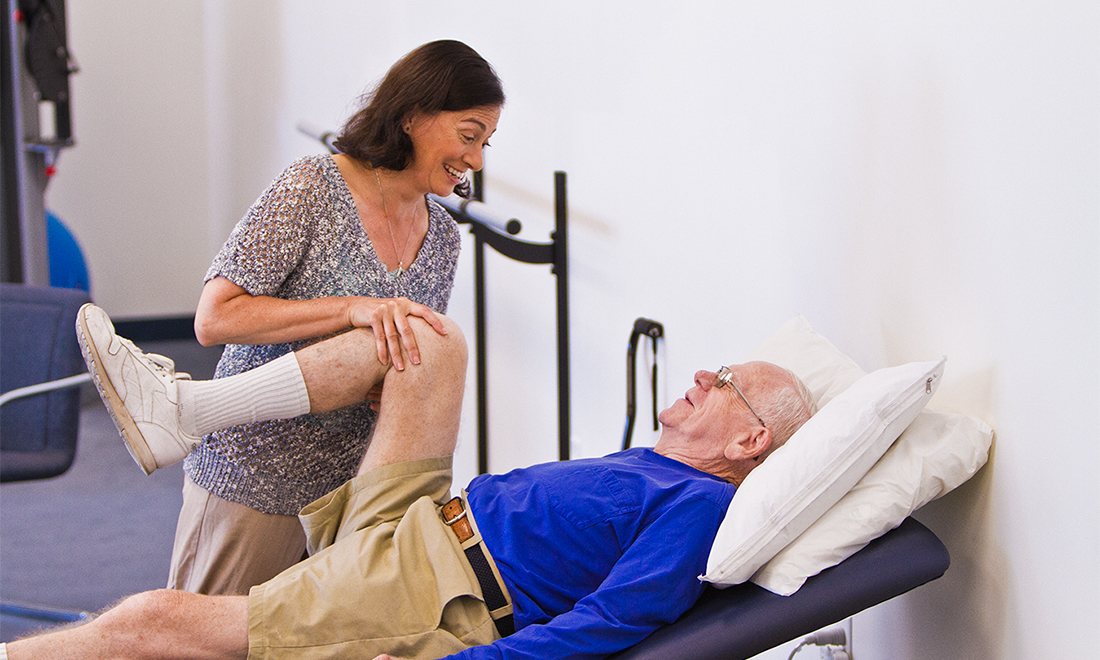Cardio-respiratory rehabilitation programs are crucial for individuals dealing with heart and pulmonary disorders. These initiatives aim to improve overall health through structured physical activity, learning, and support. Participants engage in various exercises designed to boost the heart and lungs, increase physical fitness, and encourage a healthier lifestyle. By concentrating on workouts customized to each person's abilities, these programs help patients heal faster and minimize the chance of future complications.
Physical activity is a key component of cardiopulmonary rehabilitation. Consistent physical activity boosts cardiovascular fitness, increases endurance, and helps maintain a healthy weight. Patients often start with moderate exercises, slowly raising their intensity as they grow more comfortable and capable. This progression ensures that individuals do not push themselves too hard too quickly, which can result to harm or delays. The goal is to create a safe, supportive environment where patients can build their strength and self-assurance over time.

In addition to physical activity, instruction plays a major role in these recovery programs. Participants learn about their specific conditions, the significance of medication adherence, and how to manage symptoms. They also get guidance on diet and lifestyle changes that can enhance heart and lung health. This educational aspect enables participants to take an proactive role in their recovery, encouraging sustained health benefits beyond the duration of the program.
Support from trained webpage professionals is crucial in cardiopulmonary rehabilitation. Healthcare professionals, including physicians, nursing staff, and fitness specialists, work closely with participants to monitor their progress and adjust their activity plans as necessary. This collaborative approach ensures that each patient receives personalized care tailored to their unique needs. Additionally, exchanging experiences with others dealing with similar issues fosters a feeling of community and encouragement, making it easier to stay committed to the program.
In conclusion, improving heart and lung health through structured exercise in cardiopulmonary rehabilitation can result to notable improvements in quality of life. Patients often share higher energy levels, improved mood, and an overall sense of well-being. By taking part in go to this site these initiatives, patients not only improve their physical health but also gain important knowledge and assistance that can help them manage their disorders effectively. Embracing a healthier lifestyle through organized activity is a powerful way to promote longevity and improve general health.